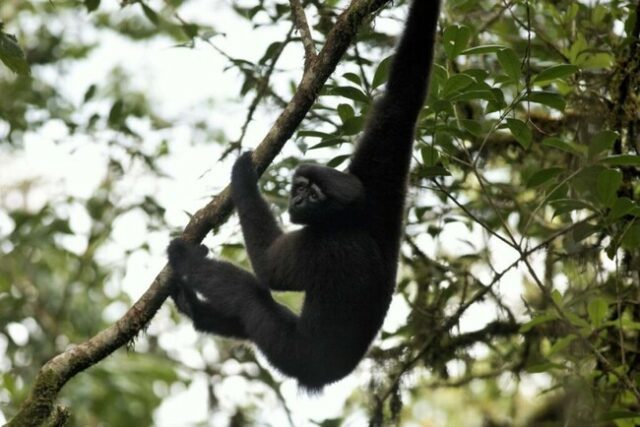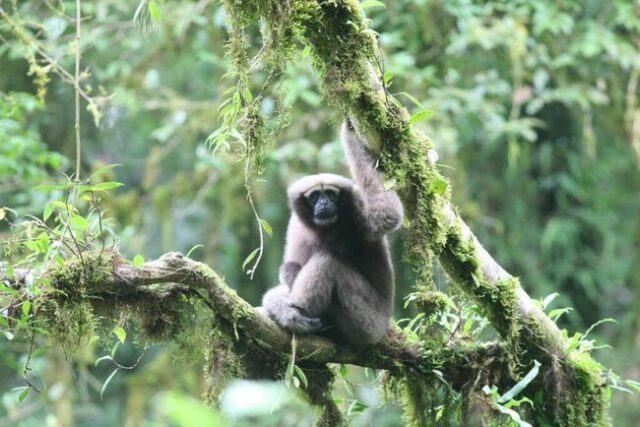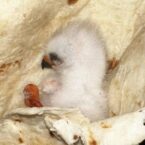
The discovery of significant populations of the ‘Skywalker’ gibbon in Myanmar is a beacon of hope for species conservation, offering a positive turn for a primate species initially thought to be on the brink of extinction. Initially described in 2017 in the remote mountains of Yunnan, China, the Skywalker gibbon, also known as the hoolock gibbon, was categorized as Endangered by the IUCN with an estimated population of only 150 individuals. The recent findings in Myanmar, a country grappling with political turmoil and civil unrest, unveil a remarkable expansion of the Skywalker gibbon’s known habitat, challenging earlier assumptions about its precarious status.

The challenging terrain and political instability of Myanmar had previously hindered exploration and research efforts in the region. However, a collaborative team of scientists from various organizations and countries, including the Nature Conservation Society Myanmar, Fauna & Flora International, and the IUCN’s ape specialist group, undertook a daring expedition. Employing acoustic surveys, DNA sampling, and interviews with locals, they not only confirmed the existence of the Skywalker gibbon in Myanmar but identified 44 new groups, providing a significant boost to the global conservation effort. The newfound information not only expands our understanding of gibbon populations but also highlights the importance of community engagement and habitat protection for the species’ survival in the face of various threats, including deforestation and hunting.


















